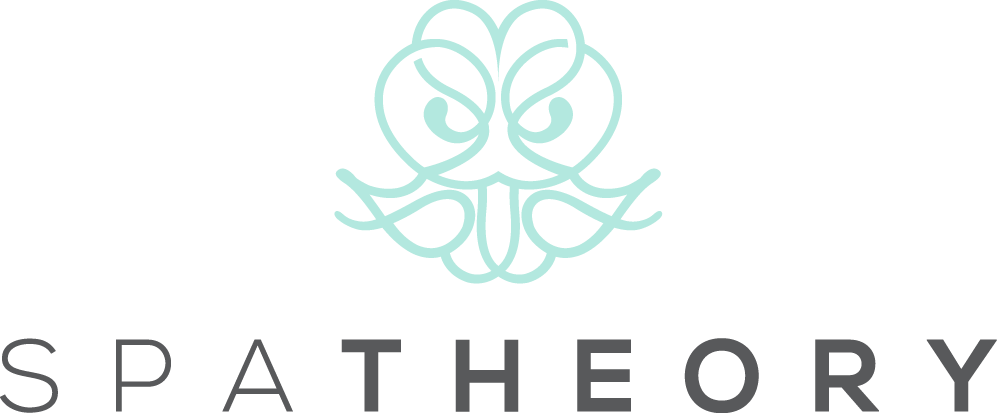Massage for Coccydynia: Easing Tailbone Pain
Coccydynia can be a painful and debilitating condition, especially if physical activity plays a significant role in your day-to-day life. While pain relievers, muscle relaxers and physical therapy can all play a role in improving discomfort and pain, massage can also contribute positively to both a reduction and symptoms as well as increased flexibility and mobility. Let’s take a look.
What is Coccydynia?
Coccydynia is a medical term that refers to pain in the coccyx or tailbone area, the small, triangular bone at the bottom of the spinal column. This condition can cause a dull, achy pain that becomes sharp during certain activities, like sitting or transitioning from sitting to standing. Coccydynia can be chronic or acute and tends to be more common in women than men; this is due to the different pelvic structures between the sexes, as well as the stress that childbirth puts on the lower body.
How does Coccydynia occur?
Coccydynia can result from various factors, including:
Direct Impact: Falling and landing on the tailbone to break the fall can cause bruising, dislocation, or fractures, leading to coccydynia.
Prolonged Sitting: Sitting on hard or uncomfortable surfaces for extended periods can put pressure on the coccyx and cause temporary or chronic pain.
Childbirth: As mentioned above, the coccyx often becomes more flexible during pregnancy and childbirth, and can become injured or dislocated after giving birth.
Degenerative Joint Changes: Aging can lead to changes in the bones and joints, including that of the coccyx.
Can Massage Help Coccydynia Pain?
Yes! Given its properties in promoting relaxation and circulation, massage therapy can be a great way to help manage symptoms and discomfort associated with coccydynia; not only can it promote relaxation and reduce discomfort, but the right massage therapy can also increase blood flow to the affected area, reducing muscle tension, alleviating pain, and speeding up recovery if your pain is injury related. In addition to this, massage can also help address related issues, such as lower back pain or hip discomfort, both of which often accompany coccydynia.
And don’t forget that for those unable to visit a massage therapist, an in-home massage service - like those we provide at Spa Theory - can be a convenient and effective way to receive therapy tailored to your specific needs. Our trained, licensed and professional massage therapists will bring their massage table and their expertise to the residence of your choice, and will talk you through the best way to address any of your concerns - including those related to coccydynia.
Best Massage Techniques for Coccydynia
When it comes to treating coccydynia with massage, certain techniques can be slightly more effective than others, and you don’t always need to settle on a full body massage:
Gentle Pressure Techniques
There’s nothing wrong with opting for a gentle approach when dealing with tailbone pain; applying gentle pressure to the muscles surrounding the coccyx can help release tension and alleviate pain. Techniques such as effleurage, a gentle stroking movement, can also be soothing.
Myofascial Release
This technique involves applying gentle sustained pressure into the myofascial connective tissue to eliminate pain and restore motion; this technique can be particularly helpful for coccydynia as it targets the tissue that connects and covers all muscles, including those around the coccyx.
Trigger Point Therapy
Trigger point therapy - also known as neuromuscular massage - involves applying pressure to specific tender areas (known as trigger points) that can refer - aka send - pain to the coccyx from other inflamed or injured areas of the body. Releasing these points can reduce referred pain, improving tailbone discomfort and increasing mobility and flexibility.
Stretching and Mobilization
And finally, gentle stretching of the muscles can be great for the coccyx; you can do this yourself at home (perhaps with the help of a YouTube video designed for beginners or those with injuries) which can help improve flexibility and reduce any ongoing or chronic pain.
FAQs
How often should I get a massage for coccydynia?
How often you see a massage therapist will vary depending on your own physical condition, as well as your own response to the therapy itself. Consulting with a healthcare provider and a massage therapist for personalized advice is recommended.
Is massage therapy safe for all cases of coccydynia?
While massage is generally safe, certain conditions, such as an acute injury or inflammation of the coccyx, may require medical attention before massage therapy is considered. Always consult with a healthcare professional first, before opting for holistic or natural treatments.
Can I do a self-massage for coccydynia?
Self-massage techniques can provide temporary relief, but they may not be as effective as professional therapy. If you choose self-massage, be gentle and avoid direct pressure on the coccyx.
Are there any complementary therapies that work well with massage for coccydynia?
Complementary therapies like physical therapy, heat or cold therapy, and gentle stretching exercises can enhance the benefits of massage for coccydynia.


